 keep reading
keep reading
Announcement
Collapse
No announcement yet.
Around the world on a GS850G for a cause
Collapse
This is a sticky topic.
X
X
-
 shirazdrum
shirazdrum
I'm not sure about the Hero thing, it takes away from our real heros... Spiderman, Batman, ... but i'm hanging in there. keep reading
keep reading
-
 shirazdrum
shirazdrum
THE RAIN IN SPAIN STAYS MAINLY…
The Nicaraguan border crossing was somewhat peaceful, but the rain almost closed down the border. The black skies and wind were telling us that something was coming, but what came unleashed was in a league of its own. In less than five minutes, the ground turned into a lake, and 50 gallon garbage cans got filled to the rim with rain water. Everyone at the border huddled under a canopy which was about to collapse. Even the dogs joined us to get out of the rain. After all the rain, we proceeded to the next station to get the bike fumigated. They sprayed the tires and chassis with some sort of chemical which stinks to high heaven and when it hits the hot engine, it makes some nasty fumes and leaves a stain forever. Somehow they believe that the chemicals kill the bugs and keep the noxious weeds from spreading over the border. Maybe they’re not aware that most bugs can also fly or walk right over the border. Well, it’s their way of keeping themselves busy I guess.
It wasn’t really a drive to Managua, the capital of Nicaragua, as we almost sailed into the city with the bike tires deep in water. Despite my high-tech rain gear, I was soaked again. When I took off my boots, there was water standing in the bottom, and my pants pocket where filled like fish bowls. Cynthia was dry and happy in the van, but when she opened the van door, her clothes bag fell in the water, and all her stuff got soaked as well.
At the Seminole Hotel in Managua, the night staff adamantly told us that there is no washer/dryer at the hotel. However in the morning, we tried talking to the manager to plead our wet clothes plight. They sent someone to get our wet clothes which we told them we needed by 10 a.m. After breakfast, we asked for the clothes to be brought back as it had been over an hour and we needed to pack. We were told that they dried them, but they were still a little “damp. The clothes weren’t “damp!” They were in the exact same condition we sent them down. No amount of yelling in English at the manager got me anywhere, so with no other choice, we packed up our wet clothes and started out to the border of Costa Rica with the all too familiar police escort again.
The vision I had of Central America quickly turned into the wettest dream of my life. Not only did we not see a thing in Nicaragua, I don’t even remember the currency. Very few bikers ride to Central America during the rainy season, and out of those few, I guarantee you that none will ever travel at night. From the US border to the Panama Canal, I rode pretty much every night, in one of the wettest years in Central America. Many people died in the floods and mudslides, many houses got destroyed as the rivers overflowed into villages, but we kept on pushing on.
Light bulb after light bulb went out on the bike as the water kept finding new ways to get inside the lenses. One headlight relay fried when swimming in the water, and finally I bought a tube of silicone and sealed everything. The seat cover ripped after 29 years of faithful service, and the water kept the foam wet, day and night. Every time I sat on the saddle, there was always a squish. My clothes were wet for at least two weeks and finding a dryer became my number one mission in every town we stopped. At every hotel, we asked for an extra hair dryer, and Cynthia set to work drying our drenched cloths with hair dryers and irons. But it was hot. The temperatures stayed in the high 90’s whether it rained or not. I kept humming the Beatle’s song, “Here comes the sun,” but the sun was nowhere to be found.
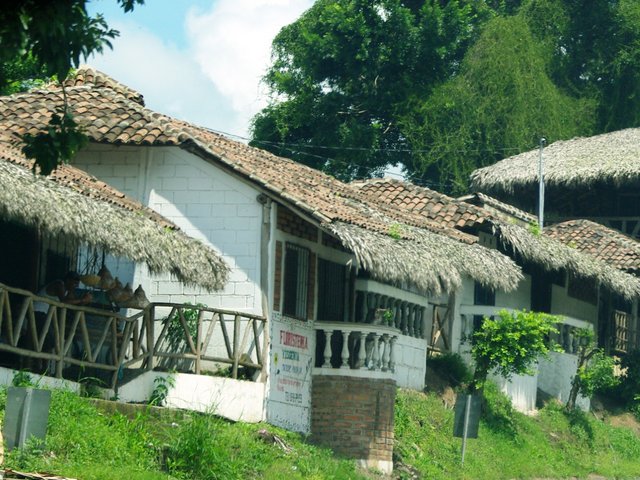
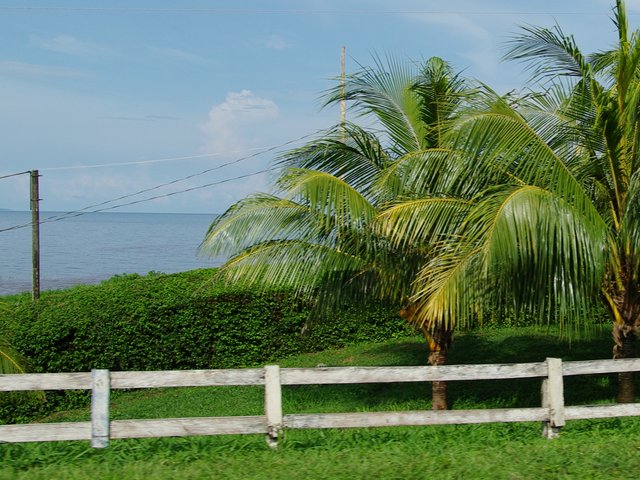
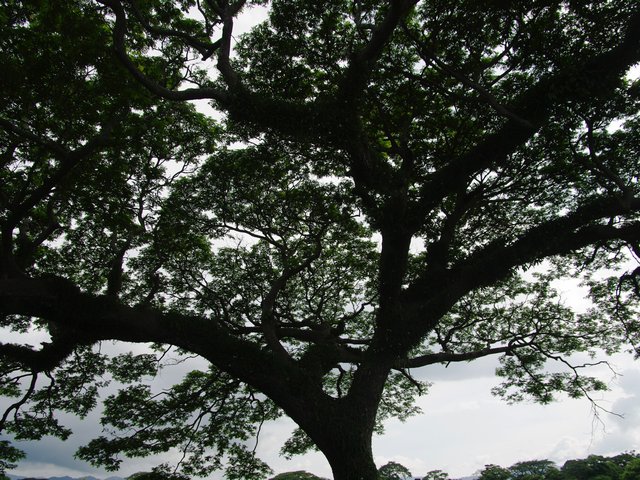
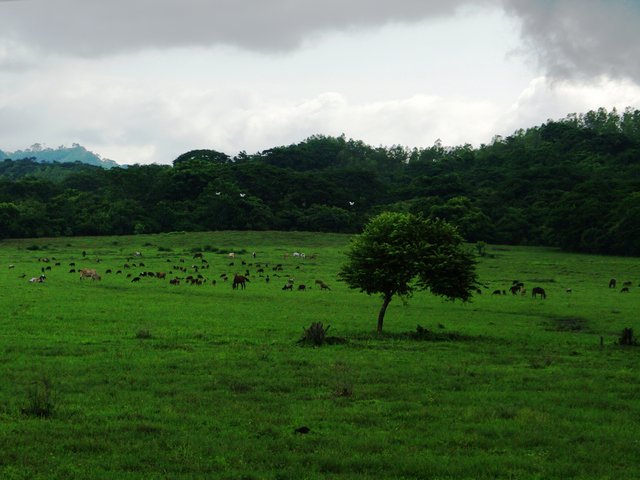
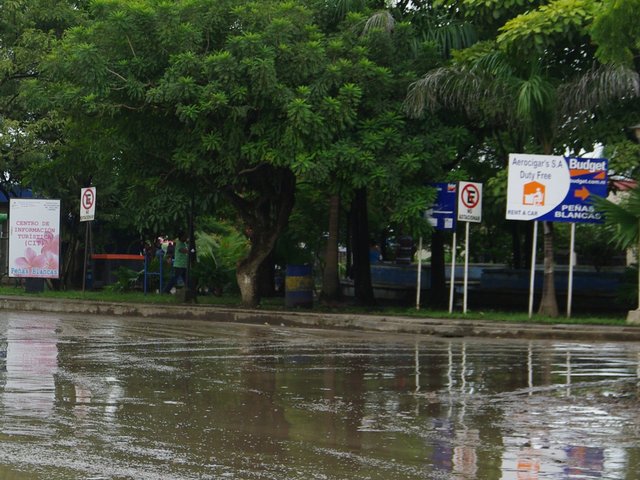

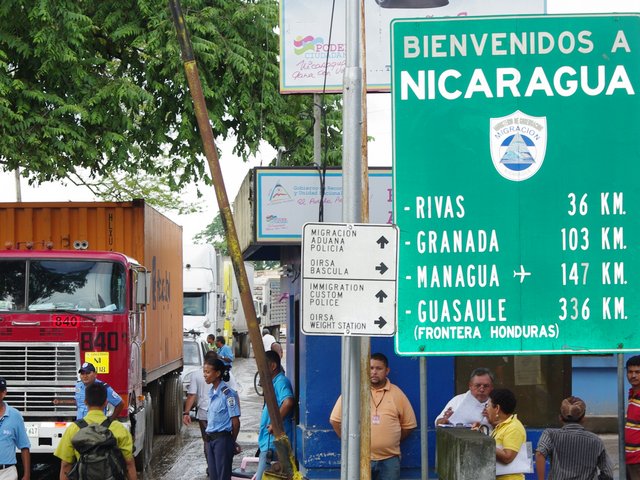

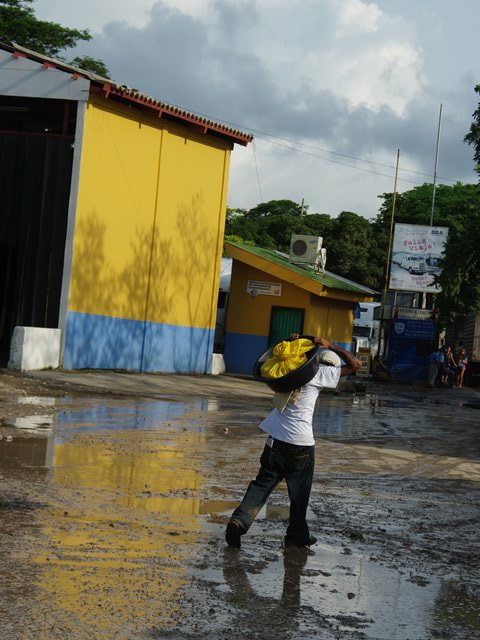
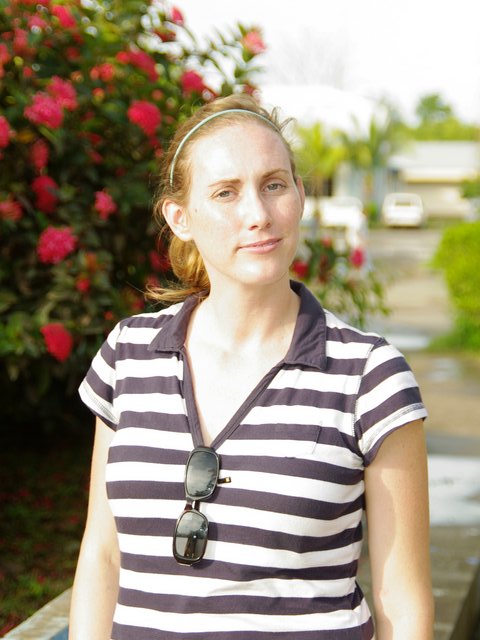
Comment
-
 shirazdrum
shirazdrum
Costa Rica
There is a two-step process to crossing borders in Central America. First you have to “exit” the country you are in. If you are taking a vehicle through the border, that is an extra step. Then once you are free to go, you end up going through the “entry” into the next country just a few feet away and do it all over again.
We hoped to get a quick passage into Costa Rica, however our hopes were dashed as it soon became clear that we would be playing the waiting game for quite a while. We ate some local fare (beans, rice, plantains, meat), and as the waiting went on, we got more bored. While trying some fancy footwork with a soccer ball, I accidentally kicked the ax lashed to the front pannier of the bike, and it cut a deep gash into my combat boot. I franticly took off my boot to check for chopped off toes as my foot was in excruciating pain, but I was relieved to see all my toes intact. I keep this ax religiously sharp, and I only moved it out of the rear box 5 months ago to make more room for Cynthia’s stuff, hence it being mounted on the front box. People always made fun of it and thought that it was dangerous to have an ax exposed right up front, but I always replied: what idiot would possibly hit the ax?! and if it happened, he probably deserved it. That idiot turned out to be me!
The drive from the border to Liberia (not the country) was a nice drive. The roads started to improve and the rain was off and on. We stayed at a little hotel in Liberia and got killed by mosquitoes. Mosquitoes usually don’t like me, but Costa Rican mosquitoes were as friendly as they come. We tried to get some sleep, but the whizzing and the sharp stings didn’t help at all. At 5:30 a.m. another whizzing noise joined the choir. It was Cynthia swatting at mosquitoes while sitting in the bathroom, waving the little hairdryer aimlessly at my jeans, barely making any headway in taking the moisture out. It was time again to get up.
Costa Rica literally means the “Rich Coast,” and rightly so. It is the most expensive Central American country. It has two beautiful coasts, the Pacific Ocean to the west and south and the Caribbean Sea to the east. The middle is covered by some serious jungles, mountains and active volcanoes. We headed out to visit an impressive geothermal power plant in the countryside, next to the Miravalles Volcano. It lies between the two massive volcanoes, Poas and Barva, forming a wall to the north of the valley. Miravalles sits in the Guanacaste Province in the northwest part of the country, and if you can take your eyes off the extremely narrow and twisty road, you can see miles of coffee plantations in each direction on a clear day.
In a nutshell, how the geothermal plants work is that they extract the boiling underground waters and use the steam for running the electric turbines. To give you an idea, it’s kind of like tapping Old Faithful in Yellow Stone National Park to a steam generator. The environmental impact of the plant itself is minimal but building roads and getting there is what causes all the concerns. Since nine out of ten of best geothermal sites in Costa Rica sit in protected forests, there are no more expansions as of yet, but that could change with the next government. It’s interesting to note that the United States is the leader in geothermal electricity production with 3,086 MW of installed capacity from 77 power plants. The largest group of geothermal power plants in the world is located at The Geysers, a geothermal field in California.
We watched a powerpoint presentation and then got to tromp around through the lush vegetation in the rain to the lower hot springs. The water was boiling hot, and the steam that rose from it covered the whole area. In this lush and hot environment, every species has claimed a corner to itself, and they all live in harmony. From giant spiders to monkeys, Costa Rica has something exotic to offer to tourists. With all the advertising and National Geographic ads they put out every year, it’s not surprising to know that it is also the number one destination for tourists in Central America.
We were touring, but we weren’t tourists so we got back on the long road to San Jose, the capital of Costa Rica. The drive through winding one-lane roads on the hilly landscape was made even more challenging as night fell. The visibility was extremely poor, and we were going at about 30mph at best which was no fun. At one point, we passed massive car-sized boulders in the oncoming lane which had just fallen from the hills above us coming to rest partially on the highway, just at some houses’ doorsteps. Locals told us tragic stories about how people had been buried and never found again in rock avalanches, as well as swept away by the ground giving way from the massive rains. We were glad to make it to a dry place and have dinner before calling it a night.
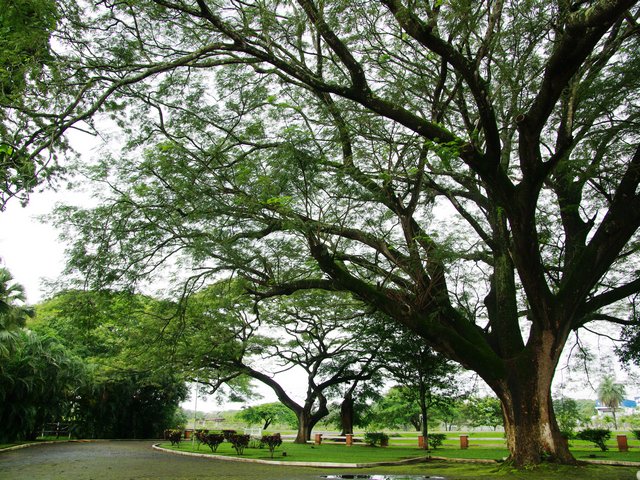
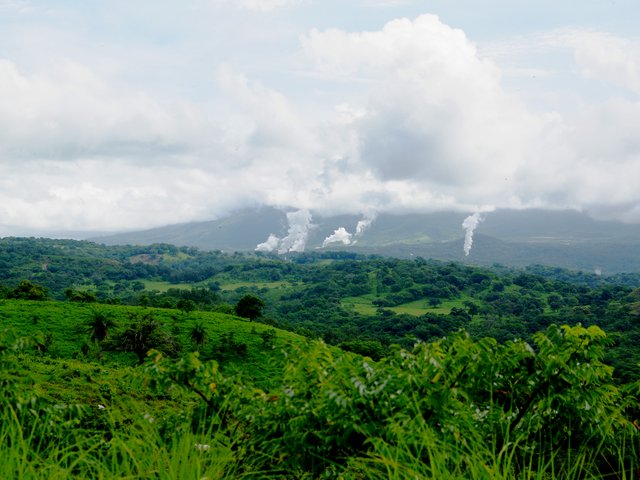
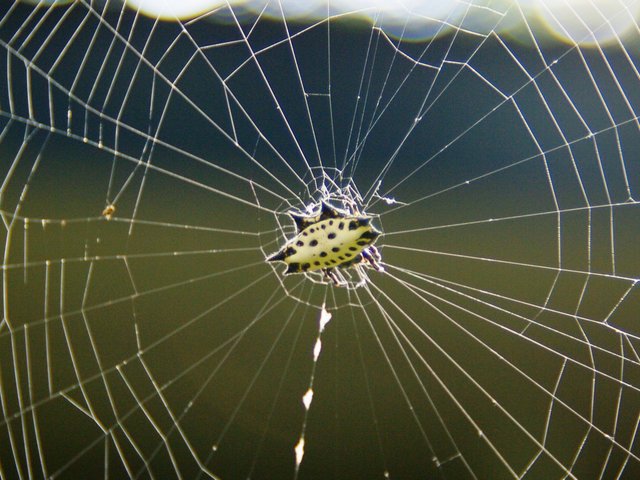
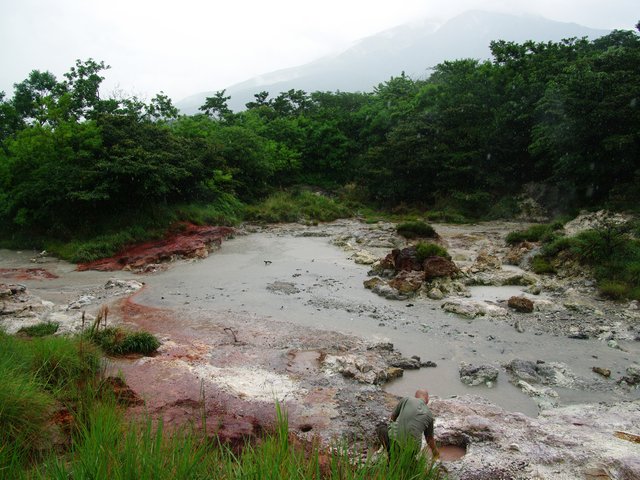
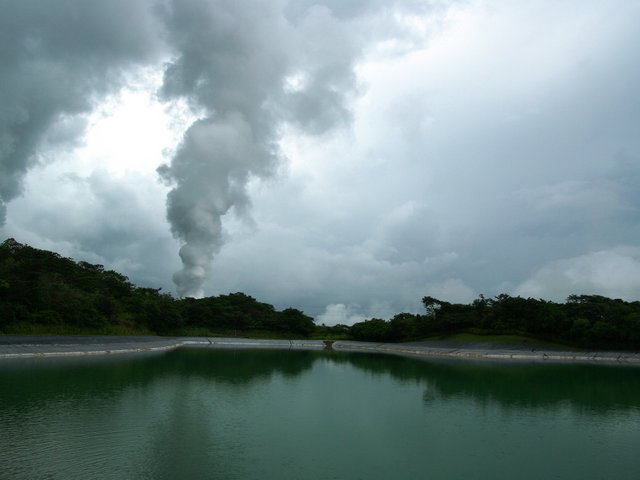
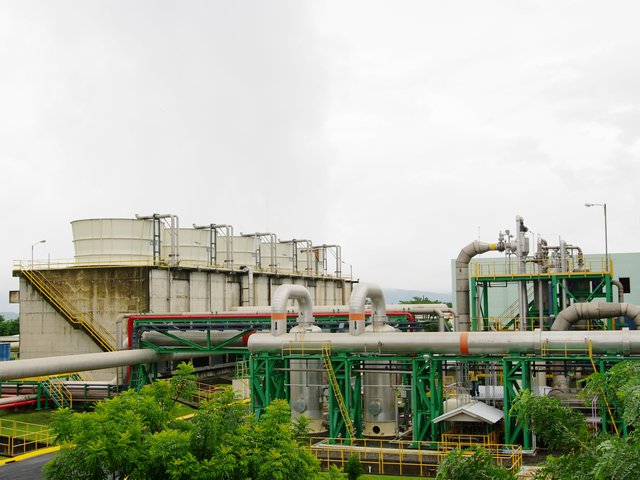
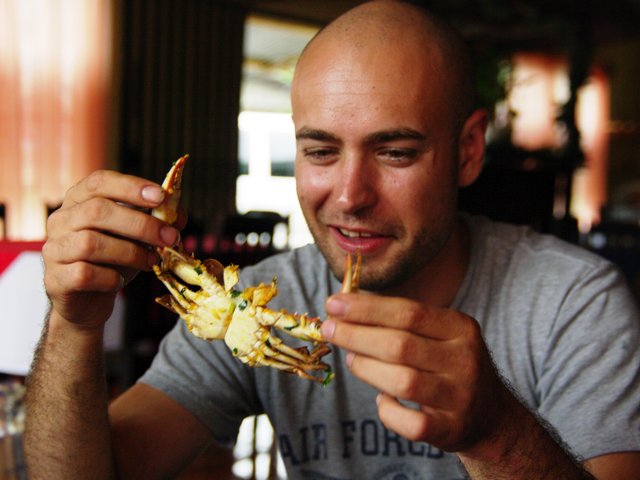
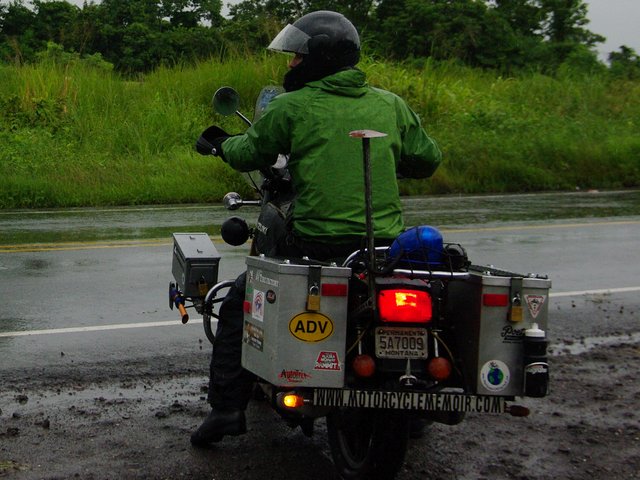
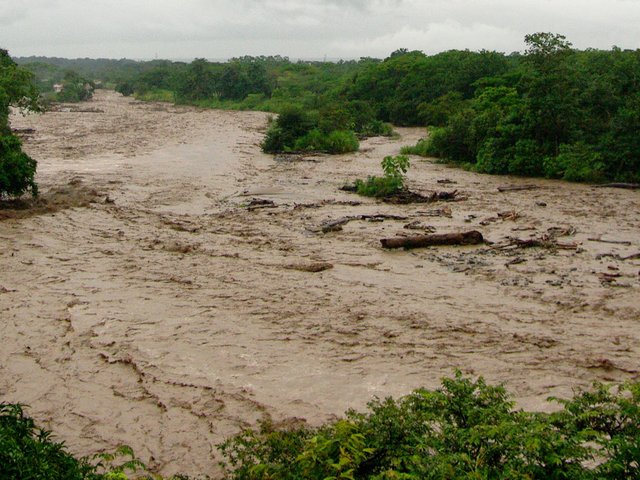

Comment
-
 Richsuz
Richsuz
Hey Chris, Where are you now? Hope traveling in South America is being a blast. I wanted to give you an update on the Mex Temporary import situation. I wrote Mexican Customs directly, here their replyOriginally posted by shirazdrum View PostRich,
We're still struggling with the cancellation as well. The guys at the British embassy didn't deliver what they promised. I will call the Mexican consul in US and will ask them to contact them. Hopefully they will be more helpful. I have another 3 months to cancel so I’ll do everything I can and will keep you updated. If they go for it, I’ll give you the contacts so you can do the same.
I’m sorry to hear about your accident, I remember the road very well in Guatemala. I've never seen that much rain in my life. I have a picture of a tree the size of a 2 story building rolling in the middle of one of the flooded rivers. It really suck that we didn't get to meet, hopefully I’ll make my way back up and do it properly.
Get well soon.
Chris
CIITEV_AduanaMexico <CIITEV_AduanaMexico@sat.gob.mx>
Buenas noches,
En atención a su consulta, le informamos que en estos casos no existe posibilidad de realizar la cancelación a través de fotografías ni documentos que indiquen que las motos están en el extranjero. Es necesario presentar las motocicletas en el módulo de Banjercito a efecto de llevar a cabo su verificación física y se realice la cancelación.
Lo que es importante mencionar que en tanto no cancele estos permiso no tiene posibilidad de obtener nuevos permisos de importación temporal.
Saludos,
In a nutshell: The only way to cancel the bloody document is to PHYSICALLY be at a border BANEJERCITO office.
On the other hand, there is no fine. The only consequence to not canceling is that you are not allowed back into Mex on a Bike until you had cancelled the previous temporary import permit, unless you made a cash deposit. If you did it on Credit card, no problem. Hope this takes a load of your mind. Safe riding.
Comment
-
 shirazdrum
shirazdrum
REACHING THE PACIFIC
San José, the capital of Costa Rica, is a giant city which doesn’t resemble anything of the beautiful Costa Rica. Like any other metropolitan area in the world, San José is made out of very poor neighborhoods to high society mansions. But they all have one thing in common: no street addresses of any kind. In our voyage to find bike parts and a lens cap for the camera, we learned that directions and addresses in Costa Rica generally run something like: go past the yellow house, turn left after the 2nd post, and right by the mango tree. In fact, the owner of the camera shop we visited assured us that if he were to visit his employee’s house, he would never find it based on the address alone, unless he were with her, or she drew him a detailed map. So needless to say, we had a bit of an adventure going around the city. The GPS was all but useless and good only for the coordinates. We finished off the errands with getting the oil changed on the bike and a much needed wash. Oil is like gold down here. A regular quart size bottle of oil runs about 8 USD, gas was almost $5 a gallon, and a regular meal in the range of 12 USD.
Just as we got back to the hotel, the headlight went out. That sealed the rest of my evening, as I then proceeded to try to figure out the problem and get the necessary parts. The lamp by itself was fine so I suspected the switch. It would come on and go off by itself after cycling between the high and low beam and suddenly not at all. I took the switch apart and that was a big mistake. Six little springs flew in every direction in the dark and complicated the matter. The switch was really corroded and I needed to clean it, but I had no electrical cleaner. I went inside and asked the bartender for a glass of coke. The coke was flat and didn’t do a very good job of cleaning the contacts so I asked the bartender for a few limes. The limes did a better job, but I wasn’t still satisfied. So again, I asked for baking soda and water and that did the trick. The doorman at the hotel was watching me silently the whole time and was amazed at the cleaning cocktail I was making. He couldn’t hold it anymore and came and asked what the hell I was doing as he couldn’t understand why I was feeding my bike coke, lime, and white watery stuff, glass after glass. After all that cleaning, it turned out that the switch was fine and actually the relay was going bad. I could read voltage at the light, but the second I turned it on, there was no amperage. I replaced the relay, and the life was good again, but now I had a broken switch.
The sun hadn’t yet made its appearance when the profane sound of the phone ringing roused me from my slumber. Painfully peeling my eyes open I answered the 4:20 a.m. wake-up call. We were meeting downstairs to load up at 5:00 a.m. for our 240 mile journey to David, Panama. The plan, an early start to make the border crossing in good time and (hopefully) miss the rain. The drive out of San Jose led us through layers of mountains peaking out through mist and clouds as the sun started to shine. We passed bottomless gorges and ravines, and the vegetation on both sides of the road grew more dense and lush as we went on. One river we stopped at yielded a little early morning excitement when we spotted a couple of fat alligators lazing in the muddy river banks, and for the first time, we caught a glimpse of the Pacific Ocean. The rest of the way was just one mesmerizing scene after another until we reached a dead stop two kilometer before the border, literally 3-5 lanes of absolute gridlock in both directions.
The rain was coming down in sheets again and the road started to flood. I went ahead on the bike but even on the bike, I could only get about 1 km up the road before I, too, had to stop. After asking around, we were told that it would take about 4-5 hours just to get to the border and that traffic was backed up on both sides. Kevin Augello (the second British camera man who joined us in Guatemala City) was my passenger that day and we decided to pull over under a porch and wait to see what happens. Hours passed and the traffic didn’t move an inch. The rain, our hungry stomachs and the mosquitoes got me up and moving again. I had enough of waiting so there was only one more trick to do. I mounted the blue flashing police light on the bike, turned on the alarm siren and radio in hand, shouted at the cars and trucks to make room for the SRzero and the bike to pass. Truck after truck moved to the side to make a narrow passage for the SRzero and we reached the actual border before the sun went down.
We were regaled by tales of theft, murder and other sundry crimes by the locals who told us that Panama would send their vagrant drug and alcohol users over their border into the no-man’s zone between Panama and Costa Rica so the area we were waiting around in wasn’t particularly a savory one to be in. But we made it out without any incident. We ended up staying in David, Panama about 50 km from the border and promptly hit the hay as the next day was another early start.
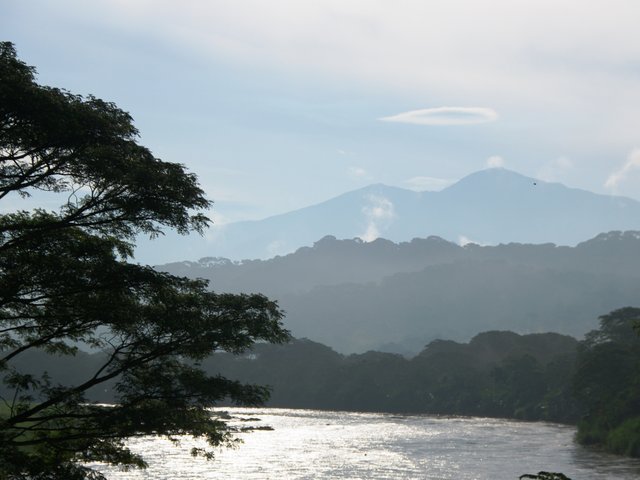
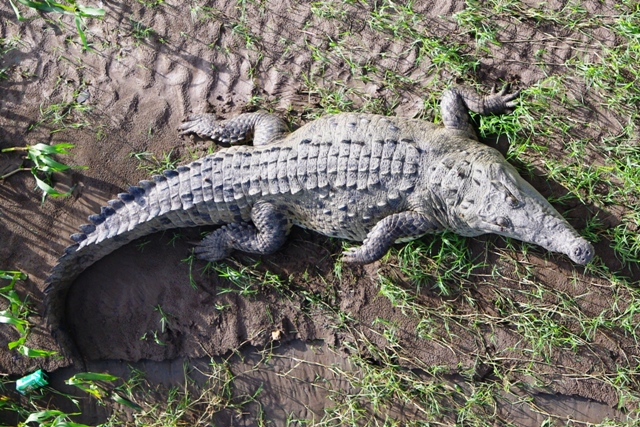
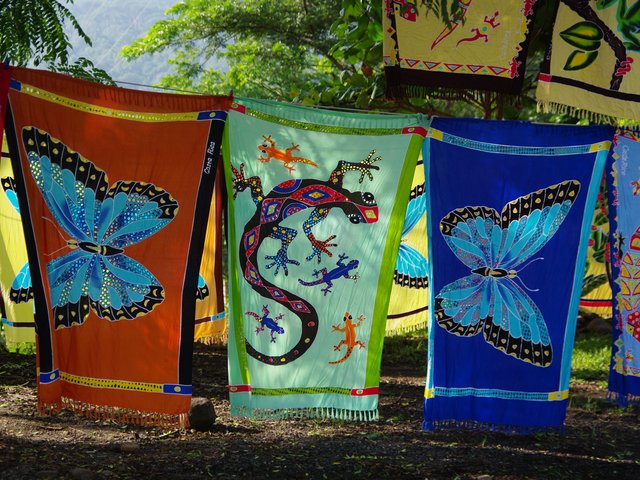
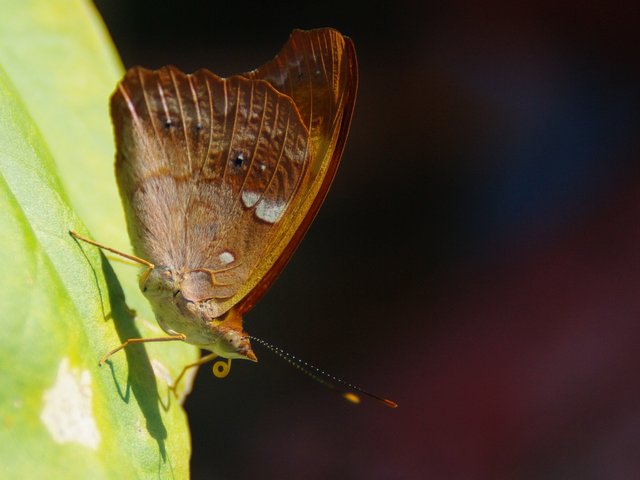
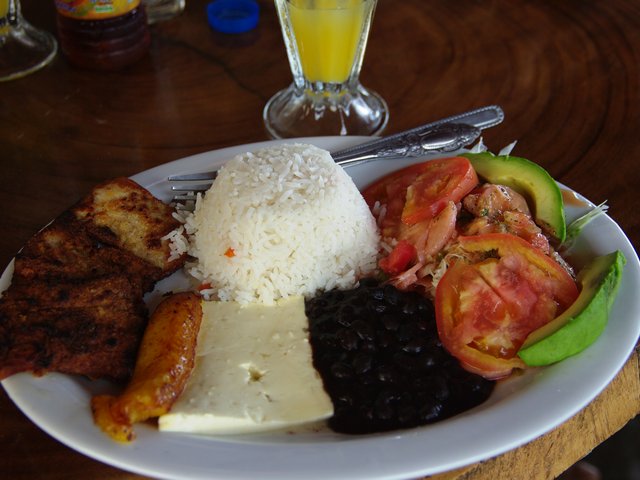
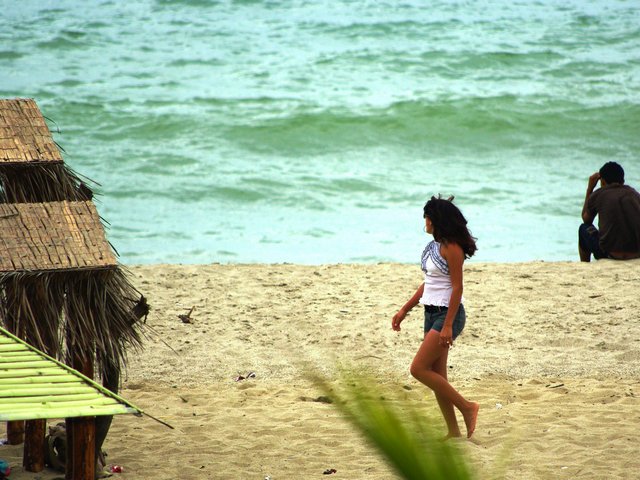
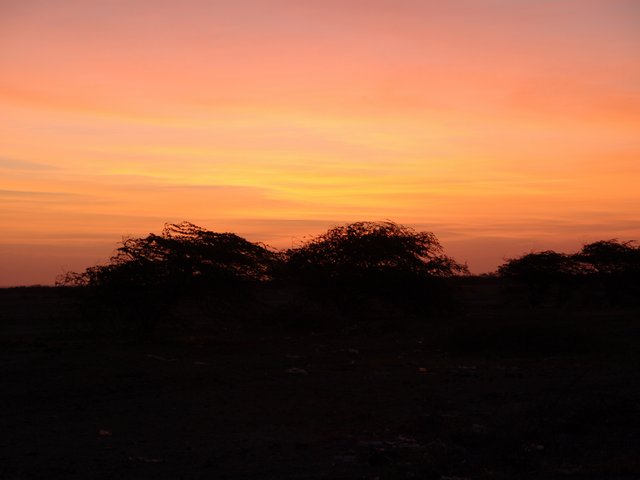
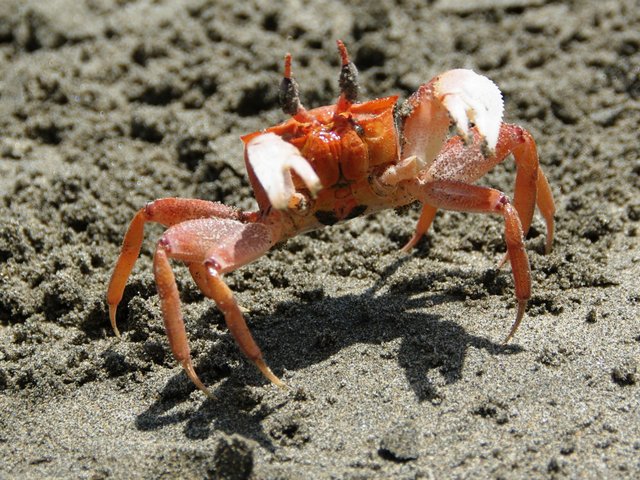
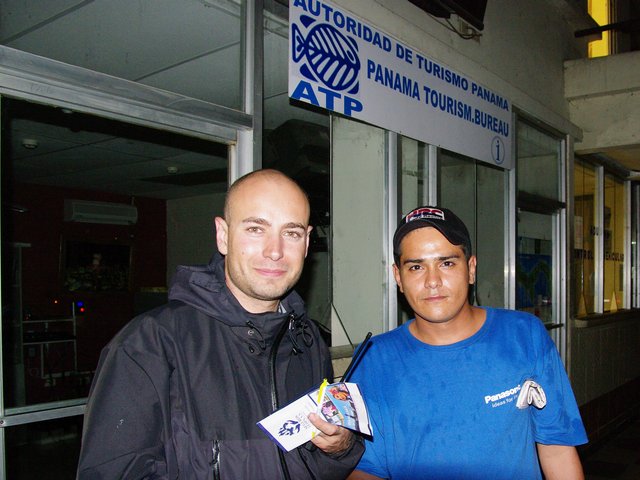
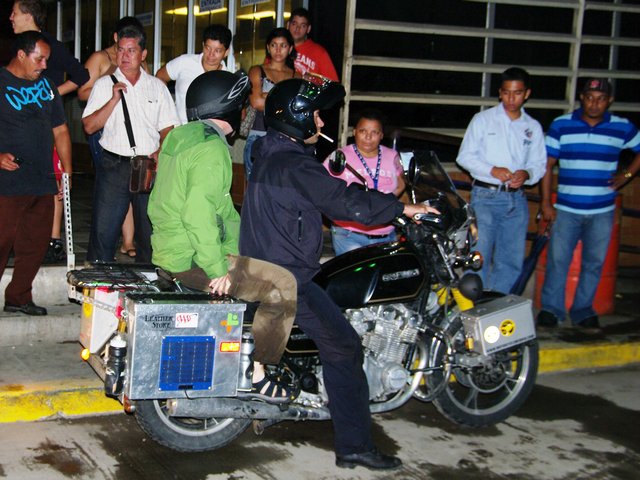
Comment
-
 shirazdrum
shirazdrum
Quick and ugly update:
The stator gave up after 29 years today in the middle of nowhere, Argentina. I have one day to fix it and there are no spare parts down here. I'm rebuilding the Stator if i can find the right gauge wire here tomorrow. Otherwise i'll be strapping a car batter to the back rack and keep on riding. Wish me luck.
26000 hard miles and two continents it took for the first mechanical breakdown. My hat is off to this GS.
Comment
-
That stinks. I recently killed a stator myself, but I had the good sense to do it at a rally surrounded by people with spare parts.
I don't know your level of expertise with GS charging systems, so I'll just go ahead and dump some info as if you were like I was. There are basically two ways the GS will kill a stator. Both come from the fact that the regulator dumps excess power back into the stator to be dissipated as heat into the engine oil.
One way to overdo that is continuous running at elevated rpm, as in sport riding. A lot of time between 6-9k, roughly, depending on the bike and probably conditions. The only cure for that is a series regulator, but I don't think that fits your riding profile. The series regulator opens the stator circuits instead of dumping power back into the stator. Apparently, the technology to do this has only been available for about 10 years.
The other way to cook the stator is corrosion in the power system wiring. At several connections in the power system (not just charging wiring), corrosion can create enough resistance to fool the regulator into thinking the battery is fully charged. It will then dump all the stator output back into itself, and the engine oil can't absorb all the heat to save it. Also, the battery doesn't get charged, but you knew that already.
So, what I'm trying to say is, while you're down, get all your contacts cleaned and protected, including the grounds (don't miss the one on the tail end of the engine case) and the fuse panel. Otherwise a fresh stator will appear to be faulty, or will die quickly. I know there have been some alterations to your charging system wiring to move the regulator to the pannier, so I'm not sure what else to recommend. For example, the stock 850 has a splice within the wiring harness that sometimes goes bad. You can't repair it without getting into the harness, so bypass it with a fused (15A) connection directly from the regulator positive to the battery terminal positive.
With all the severe conditions you've been (and will be) riding through, corrosion will probably be an ongoing fight. I recommend that you also install a voltmeter so you can see when the battery voltage starts to drop. Or at least test your charging system output with the multimeter very regularly while traveling in corrosion-promoting conditions.
If you find the time and funds, installing a series regulator will at least protect your stator from failure if the corrosion gets out of hand again. Cost is in the neighborhood of $150, but weighed against stator failures in some of the places you go, I think might be worth the investment. Most riders around here don't necessarily have to have that kind of robustness, when it costs that much. I elected to do it. One stator was enough for me.Dogma
--
O LORD, be gracious to me; heal me, for I have sinned against you! - David
Skeptical scrutiny is the means, in both science and religion, by which deep insights can be winnowed from deep nonsense. - Carl Sagan
--
'80 GS850 GLT
'80 GS1000 GT
'01 ZRX1200R
How to get a "What's New" feed without the Vortex, and without permanently quitting the Vortex
Comment
-
 Skateguy50
Skateguy50
You have gone past my last contacts in Rio already, but can see if they know anyone out that way... (wherever you happen to be)
Im sure the technical folks can help you on that end more than me, based on previous write ups I am assuming the car folks have left you to fend for yourselves?
I got a family friend on facebook who's family is from Argentina, they might still have relatives down that way...
Comment
-
Here's a writeup on a stator rewind, if you haven't already found it.Dogma
--
O LORD, be gracious to me; heal me, for I have sinned against you! - David
Skeptical scrutiny is the means, in both science and religion, by which deep insights can be winnowed from deep nonsense. - Carl Sagan
--
'80 GS850 GLT
'80 GS1000 GT
'01 ZRX1200R
How to get a "What's New" feed without the Vortex, and without permanently quitting the Vortex
Comment
-
 shirazdrum
shirazdrum
Well i'm almost dead sleep at this point (3:58 am) as i just got back from the shop. The shop owner was a saint but he really didn't know what he was doing. ( he fixed refrigerator motors and such, but he had the right size wire and the tools i needed) after rewinding the stator twice and not a single volt out of it, i came back to the house we're staying at and checked the GS resources for info on the matter. I did find some info and the most important one was the direction of the winding. The guy was alternating the poles clockwise and counter clockwise the whole time. Before he left at 11 at night, he gave me the key to his shop!(complete stranger) so i could go back and work on it myself. He took the stator apart when i wasn't there and i had no idea how many coil on each pole was there originally but he told me 36 (Confirm this please!) so i went ahead and did 36 on each pole. after 14 hours of work, i finally got it working and now it puts out 67volt AC from leg to leg.
Thank you guys for everything, the GSR saved my ass one more time.
For those who're wiring right now and need some directions, wire clockwise( or counter clockwise, as long as you keep the same direction), and keep the direction the same for all poles. 3 end of the wires get soldered together and the other 3 end are your 3 phases going to the R/R.
The order goes like:
1-4-7-10-13-16 first phase
2-5-8-11-14-17 Second phase
3-6-9-12-15-18 Third phase
The starting point doesn't matter. Check with ohm meter for short between the wires and the body of the stator before installing and correct as necessary. I'll write a complete paper on it so the others can use it too. It's super easy as long as you know what you are doing.
The cost was $100 (same as a new one back in state but at least it charges again). I'll write more and post the pics later but i have to get some sleep first as we have 300k of gravel road and two ferry crossings tomorrow. (actually in 3 hours).
Chris
P.S. Thank you Jared, i'm still heading for Brazil, 2 more days left, i'll call you on Sunday when the madness is over. Rich, i got your note, thanks for all the info, that puts my mind at ease. I put the deposit on a credit card so i guess i'm good to go. Hope you're doing better.
Dogma, thanks for the tips and tricks, it was the low oil level that burned it up combined with very high RPM's as I've been riding at 90-100 mph continually for the past 3 weeks. The oil level was always low as the bike is burning a little, (1 quart in 600 miles with the rpm's that i'm running).
Watch out for your oil level people.
Comment
-
 Richsuz
Richsuz
Chris, you are heading back north to Brasil? Can you give us a tentative route/schedule? Are you jumping the pond into Africa from there? I also had my stator rewound about a month ago. Cost $45. Output voltage 92VAC. I wonder why there is such vast difference and what that means at the R/R output.
Comment
-
Chris,
I'm glad I was able to help in some way. I hate for someone to be stranded, although I envy you meeting all the amazing people you discover to help. Good work getting it up and running again.
I had no idea you were all making such good time on this trip. 90-100 for 3 weeks... I guess one could get used to that.
"lights on for safety"... Lights on to dissipate heat anywhere but the stator!
Roll on!Dogma
--
O LORD, be gracious to me; heal me, for I have sinned against you! - David
Skeptical scrutiny is the means, in both science and religion, by which deep insights can be winnowed from deep nonsense. - Carl Sagan
--
'80 GS850 GLT
'80 GS1000 GT
'01 ZRX1200R
How to get a "What's New" feed without the Vortex, and without permanently quitting the Vortex
Comment
-
 shirazdrum
shirazdrum
Hey guys,
The madness is almost over. I rode pretty much every day, for three months to get to Ushuaia, Argentina and we are less than 100 miles away. It was a great experience and probably the toughest riding of my life. No crash, no accident and no injury of any sort. We never even came close.
The bike ran like a champ the whole way and the casualty was:
1 seat cover
5 tires
13 light bulbs
1 head light lamp
2 relays
21 fuses
1 stator
2 shocks
1 turn signal switch
4 clutch cables
1 bent rim
1 set of brake pads
and a cracked windshield from all the vibrations and mighty winds of Patagonia.
We'll have the final press event and wrapping up as we enter Ushuaia tomorrow with the rest of the group and we're on our own from then. Ushuaia is the souther most city on earth so we have to head back up.
Cynthia is leaving in a week to California and i'll be riding solo the rest of the way. I'll be going north for Buenos Aires and from there crossing to Uruguay.
The itinerary would loosely be something like: Uruguay, small section of Brazil, Paraguay, Bolivia and loading the bike on a boat and floating the whole lenth of the amazon river in Brazil to the Atlantic, then Venezuela, Suriname, New Guinea... that's a long way before crossing the Atlantic for Africa.
I'm really looking forward to seeing the amazon as it's a region whit spacial needs and at the same time, it affords me to have the time to edit all the videos and pictures and catch up with the whole story.
We traveled too fast and missed out on lots of things, but after tomorrow, i'll have all the time in the world to write and post, so get ready for some serious pictures and blogs.
Comment
-
Bloody awesome. Do you have a total distance travelled thus far on the bike?Rob
1983 1100ES, 98' ST1100, 02' DR-Z400E and a few other 'bits and pieces'
Are you on the GSR Google Earth Map yet? http://www.thegsresources.com/_forum...d.php?t=170533
Comment
-
 shirazdrum
shirazdrum
26,200 miles so far, going from Montana to the Arctic Circle via Alberta, and Yukon in northern Canada, Alaska, coming down through British Colombia, Washington, Oregon, California, Arizona, New Mexico, Colorado, Wyoming, Oklahoma, Texas, and then to Mexico, Guatemala Honduras, El Salvador, Nicaragua, Costa Rica, Panama, Colombia, Ecuador, Peru, Chile, and now i'm in Argentina leaving for Uruguay.
Comment
.png)
Comment